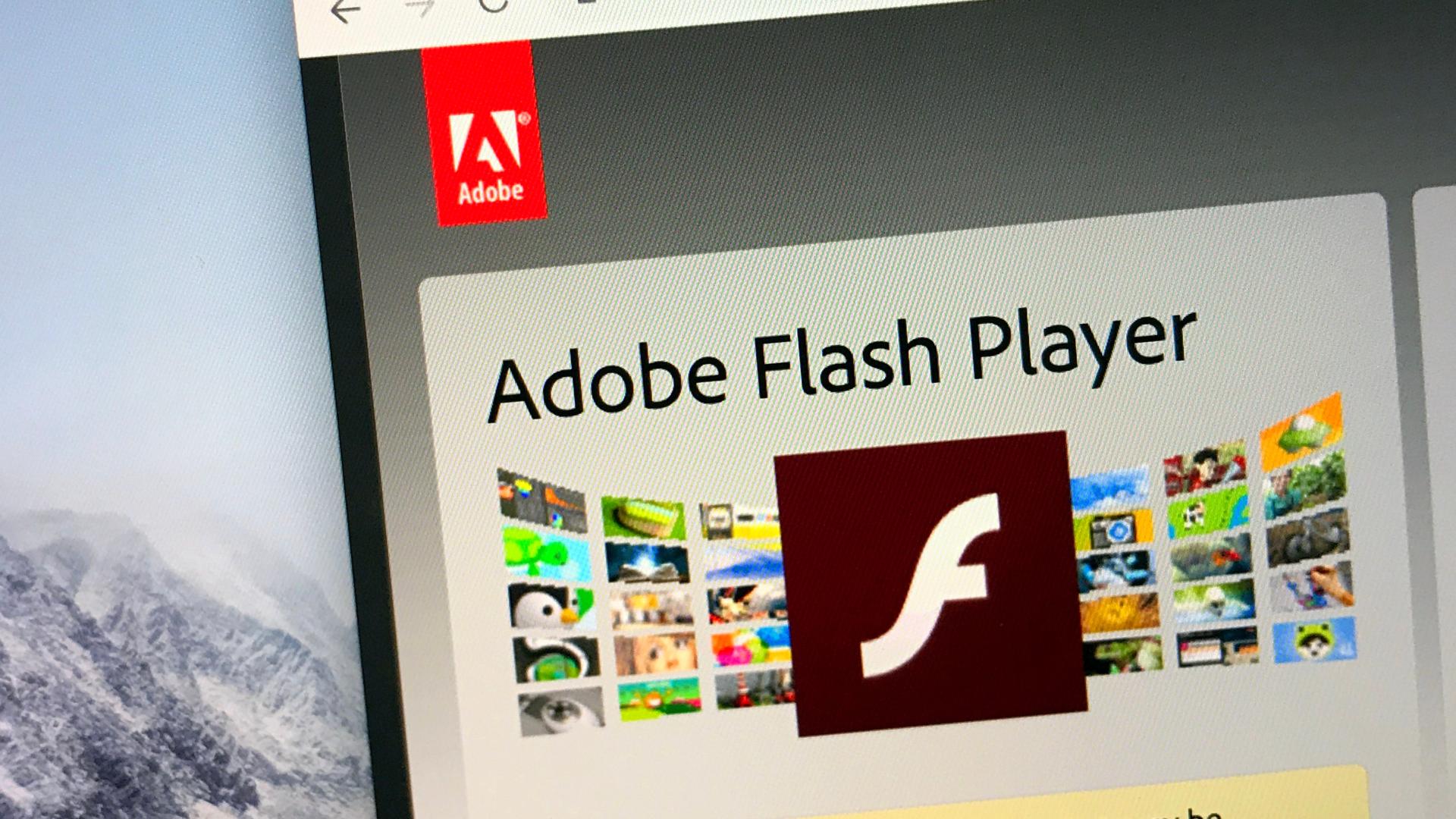Adobe Flash Player is officially dead
The software’s unprecedented capabilities shaped the way users interact with multimedia content


Adobe has officially killed off Flash Player, the browser plugin that helped define the early internet.
The iconic plug-in was discontinued on 1 January, almost 25 years after it was first launched. Adobe will not be rolling out any further security updates and the company is set to block all Flash content from 12 January.
Despite the sunset date being scheduled for 2020, the majority of browsers had already jumped ship. As of 2018, less than 5% of worldwide websites used Flash, with most favouring Javascript for running multimedia features. Other, more secure alternatives also included HTML5, WebAssembly and WebGL.
The decision to sunset the plug-in was first announced in July 2017 due to dwindling demand, as browser makers opted to integrate the software’s capabilities within their own offerings.
Flash was also plagued by various security concerns. In 2015, for example, security firm Recorded Future discovered that Flash Player comprised eight out of 10 top vulnerabilities leveraged by exploit kits, with more than 100 exploit kits and vulnerabilities affecting the technology. There were also reports of Flash being exploited by North Korean hackers, who used it to access Microsoft Office documents, web pages, and spam emails.
Nevertheless, Flash Player managed to write itself into internet history. The software’s unprecedented capabilities shaped the way users interact with multimedia content offered by an array of industries, such as gaming, education, and video.
The final nail in the coffin for Flash came in October 2020, when Microsoft rolled out an optional update for Windows 10 that permanently removed Adobe Flash from the operating system and prevented it from being re-installed. The company released the removal tool prior to 1 January 2021 in order to help customers test and validate their environments for any impact that might occur by the removal of the software.
Sign up today and you will receive a free copy of our Future Focus 2025 report - the leading guidance on AI, cybersecurity and other IT challenges as per 700+ senior executives
Starting later in 2021, all APIs, group policies and user interfaces that govern the behaviour of Adobe Flash Player are expected to be removed from the legacy Microsoft Edge and Internet Explorer 11.
Having only graduated from City University in 2019, Sabina has already demonstrated her abilities as a keen writer and effective journalist. Currently a content writer for Drapers, Sabina spent a number of years writing for ITPro, specialising in networking and telecommunications, as well as charting the efforts of technology companies to improve their inclusion and diversity strategies, a topic close to her heart.
Sabina has also held a number of editorial roles at Harper's Bazaar, Cube Collective, and HighClouds.
-
 Salesforce launches a new streaming TV service, Salesforce+
Salesforce launches a new streaming TV service, Salesforce+News Software giant upgrades from YouTube channel in streaming TV bid
-
 Google Nest Hub is the first smart display to support Netflix
Google Nest Hub is the first smart display to support NetflixNews Google Nest Hub beats the Amazon Echo Show and Facebook Portal to the punch
-
 Netflix is making it easier to hide what you’ve been watching
Netflix is making it easier to hide what you’ve been watchingNews Now you can drop that movie you gave up on from your Netflix homepage.
-
 Microsoft is shutting down Mixer and teaming up with Facebook
Microsoft is shutting down Mixer and teaming up with FacebookNews The Mixer platform never took off, and Microsoft has seen enough
-
 Netflix donates $5 million to support black organizations
Netflix donates $5 million to support black organizationsNews Netflix’s goal is to create long-term opportunities for members of the black community
-
 Elliott Management to finance Eko's lawsuit against Quibi
Elliott Management to finance Eko's lawsuit against QuibiNews Eko claims Quibi stole its orientation-flipping tech
-
 YouTube fails to clarify whether reduced streaming quality will hit live events
YouTube fails to clarify whether reduced streaming quality will hit live eventsNews Businesses may want to reconsider using YouTube Live for streaming conferences
-
 Users advised to shift Wi-Fi band from 2.4Ghz to 5.0Ghz
Users advised to shift Wi-Fi band from 2.4Ghz to 5.0GhzNews The performance of 2.4GHz connections are weaker despite assumptions this band is better for range


